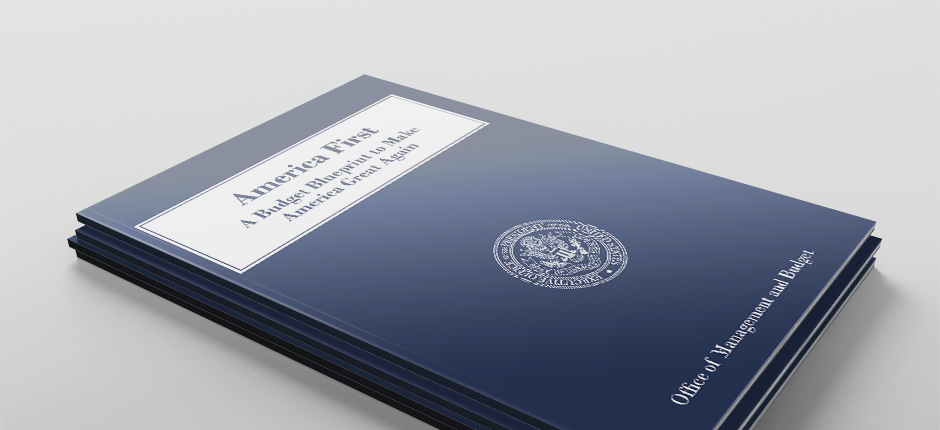Blog
Placing Students Last Doesn’t Make America Great

Federal budget director Mick Mulvaney, recently revealed that President Trump’s “skinny budget” proposal titled, “America First: A Budget Blueprint to Make America Great Again,” was largely culled from Trump’s speeches and interviews throughout his campaign. But for many observers, the budget proposal highlights once again the dissonance between Trump’s words and factual evidence. During his Address to the Joint Session of Congress, President Trump boldly proclaimed education as the civil rights issue of our time—one that he was deeply committed to—but as budgets are expressions of both commitment and strategy, President Trump’s federal budget proposal indicates that his words and commitment ring hollow.
Simply stated, the president’s “skinny budget” is not indicative of an effort to lead the nation toward strengthening every student’s civil right to an opportunity to learn.
The proposal makes a $9.2 billion, or 13.5 percent, reduction from the previous Department of Education budget. It also makes cuts to programs like TRIO and GEAR UP, which have been lifelines to support low-income learners getting on track for college. The budget proposal eliminates the Supporting Effective Instruction Program (Title II, Part A), which helps states recruit and train teachers for high-need schools. It also eliminates the 21st Century Community Learning Centers program, which provides critical before- and after-school and summer school services. Furthermore, by flat funding the IDEA, which support students with disabilities, this Administration makes clear that vulnerable students are not prioritized in this budget. Troublingly, 20 additional programs are slated to be cut or reduced, but “America First” doesn’t name them.
Worse, the budget proposal does not fully elaborate how the $9 billion in cuts will be distributed, leaving the future of many programs that serve low-income students, students with disabilities and schools in communities with high concentrations of poverty (that are overwhelmingly communities of color) unknown.
This budget is also noticeably silent on the Education Department’s Office of Civil Rights, which could be targeted for deeper cuts impacting hundreds of thousands of students with disabilities and those who are victims of inequitable barriers. Not only would this severely undermine the responsibility of the department to protect the civil rights of all children, particularly those who are most vulnerable, but it would drastically hamper transparency to parents and the public about the state of educational equity in our nation’s public schools. Of course, that could be the intention—to eliminate resources to public school students and the schools they attend and worsen the school climate so that selective private schools can benefit from transfers. In fact, it’s hard not to conclude, with the $1.4 billion down payment on creating paths that allow individuals to move public dollars to private schools, that the Education Department’s ability to support state and local public school systems will be severely hobbled.
Additionally, while the Department of Education’s budget is a critical indicator of the priorities this Administration places upon the education of public school students, other indicators include cuts and elimination of programs in Health and Human Services, Housing and Urban Development, Justice, and more. For instance, the elimination of the Community Development Block Grant Program, which supports states in providing critical services for low-income families, is detrimental to the health and well-being of families struggling to make ends meet. Children do not exist in a vacuum, but come to school with the weight of their family and communities on their shoulders. Providing for education and support of the whole child does not stop at the classroom door.
A federal budget is a key opportunity to promote equity, but the current version of President Trump’s budget misses the opportunity altogether and lays waste to the very programs that we know help all students succeed. It fails to mention, let alone meaningfully invest, in federal policies that could break down the systemic barriers that limit opportunities for many of our nation’s students. Let’s not fall prey to savvy wordsmithing that characterizes these budget cuts as “smart savings,” because we know the true cost will be borne by those who are most in need. Congress must craft a more sensible budget, one that keeps intact the federal dollars needed to fully support our neediest children and create healthy living and learning communities that provide all students an opportunity to learn and to succeed.
Dr. John H. Jackson is president and CEO of the Schott Foundation for Public Education.



